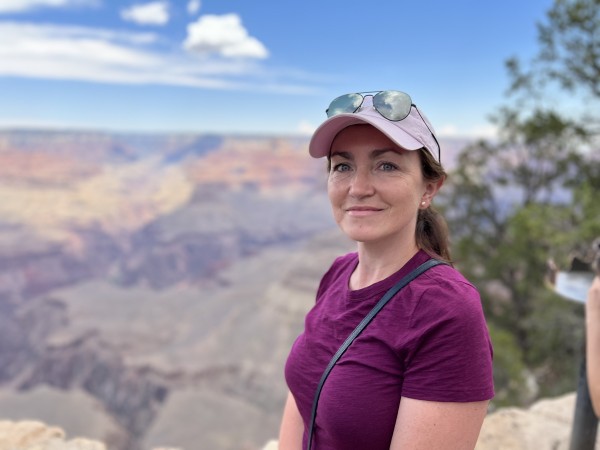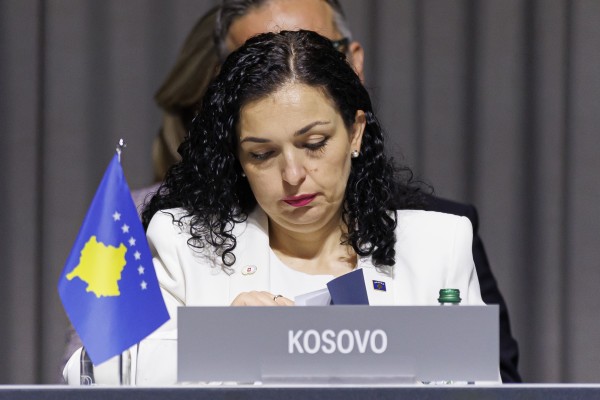Case Study: ABO Local Media Development Agency, Ukraine
The backstory:
ABO launched after Ukraine passed a 2015 law on the “destatization” – the removal of state influence – as part of a reform of state and municipal media. Before this reform, much of Ukrainian local media was state-funded, which undermined their independence. The goal of the law was to trigger independence and modernization in the media by removing state funding and its editorial influence. Lera Lauda and Oleksandr Bilinskiy decided they wanted to help local media adapt and began by launching a content management system (CMS) and a web platform called “The City” which local news organizations could use to go digital.
Audience:
ABO supports a network of about 50 hyperlocal media located in small to medium towns in western Ukraine that are serving their local communities. In February 2020, the monthly audience reach for the local media that make up The City network was up to 1,440,000 unique users and 3,300,000 pageviews, in March they had 2,200,000 unique users and almost 5,000,000 pageviews. The numbers are consistently increasing.
Value proposition:
Created a platform to help legacy local media transition to digital as well as launch new local media ventures while also supporting them to create sustainable revenue streams. With as few as ten stories, they can create websites within days and other digital news products. ABO offers mentorship for the transition and helps local media provide services to local businesses that they can charge for.
Products and distribution:
ABO developed and launched a unique publishing platform, The City, which gives local editorial teams a base CMS to create websites, while allowing ABO to administer and technically update all websites inside the network and run joint ad campaigns. ABO provides ongoing mentorship for editorial, content, and business direction, and assistance with design and creative production, video editing, etc. through training sessions. It also helps local media find business models from which they can derive income. Currently, ABO has a network of 50 local media outlets across the region.
The team:
Initially a partnership between Lera Lauda and Oleksandr Bilinskiy, the base team now has about 30 people of whom 10 are editors. Overall the organization collaborates with 250 editors, journalists, and commercial managers on a daily basis. They also cooperate with media NGOs (Ternopil Press Club, Ukrainian Crisis Media Center) in order to develop and implement gamified training programs for journalists. The individual media outlets tend to have 3 to 4 people.
Business model:
ABO’s own business model is grants/donations (often foreign grants), which make up about 70 percent of revenue. The remaining revenues come from advertising and content services managed across the network of local media, a model that has the advantage of providing advertisers with access to a larger audience. Over the past three years, ABO has developed further services for website monetization and increasing audience engagement.
Trust/misinformation:
A big part of the work ABO is doing to help transform local media that were once tied to local governments for funding is to shift the mindset and create closer, more trusting relationships between these media and the communities they serve. They are further contributing to a lift in quality by helping to train and support independent journalists.
The Future:
ABO hopes to implement gradual automation of mentoring and monitoring work through the development of algorithms for a smart CMS platform that will decrease demand for mentors but increase the number of organizations that can access their product. They also hope to adjust business processes within the network so that they can retain all current staff without relying on donor funds by raising the funds through earnt revenues for at least their monthly expenditures.
Ask them about:
The network effects of local media innovation and the importance of marketing and branding strategy and entrepreneurial leadership. Also managing culture change as Soviet-era legacy media transition to independent and self-reliant businesses.
In their words:
“There were about 650 local media organizations in different regions, and one morning they no longer had funding, their digitization was at a low level and most of them didn’t have their own websites, or had really outdated websites. And they didn’t know what to do.”
On the need to prove your value: “The media is not a first, second, or even third necessity issue for people.”
“Our biggest challenge is to straighten the mentorship program and work with local media to create this community of local editors … They keep in touch (with one another) and they have conversations or some joint projects. But they could do more. So we have this challenge too, to understand how to do it better. But I am optimistic.”
“It’s a very simple example but our local media publish long stories with only text and numbers and that’s all, and nobody reads it, it doesn’t work. So we train them (in new journalism formats, including infographics) and then people really, really read it and share it around social media.”
“It’s not just about the money. It’s about what you’re giving to your readers.”
Source for information and views in this case study: Interview with Lera Lauda, head of ABO Local Media Development Agency
This story is part of IPI’s Local Journalism Project. The publication of these case studies – part of IPI’s wider work mapping, networking and supporting quality innovative media serving local communities – is supported by the Friedrich Naumann Foundation.



